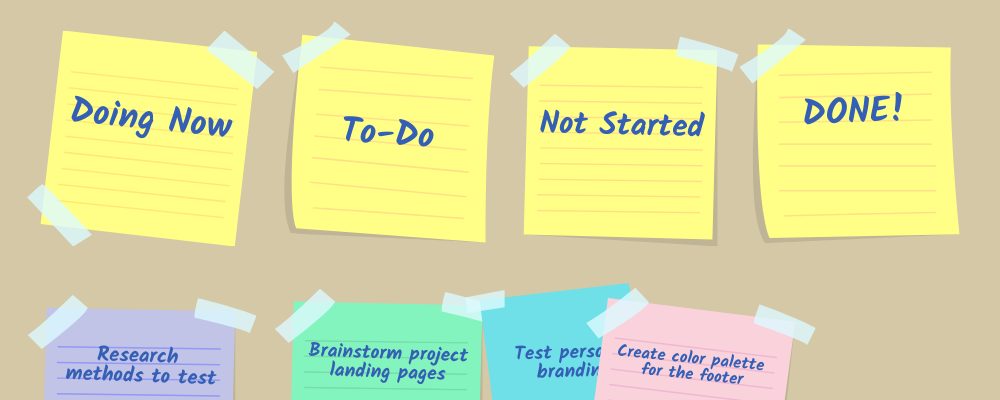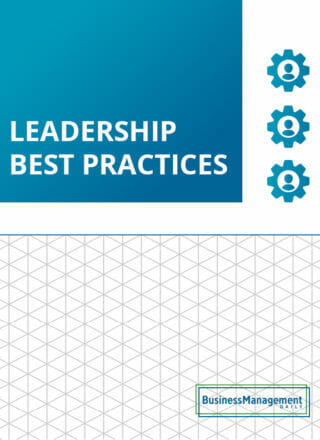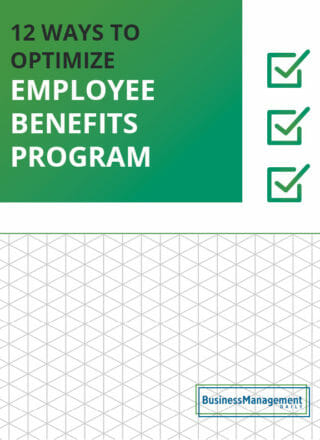How to apply Agile project management principles to your work
Planning for change: The agile approach
You’ve created a terrific work plan, all the parts are in place, and you’re ready to go. The only problem? Things hardly ever go as planned. That’s why Agile project management doesn’t try to prepare them, or at least not exactly.
Project management is a vital skill for everyone in the workplace, and Agile project management is a great tool to add to your kit.
Agile project management is perfect for projects with many variables or results that are hard to identify from the start. This strategy recognizes that things are likely to change, and sometimes, having one fully built plan from the beginning isn’t feasible.
Instead, you’ll plan each phase of the project as you go and better understand its goals and needs.
Applying these principles to your work allows you to organize a project and leave room for later developments. Planning these points to re-evaluate can save you the time and frustration spent reworking your project plan every time a change comes up.
Agile project management project kick-off
First, you need to scope out the project. Start with identifying the end goal. Next, outline what you think are the key steps along the way. Let’s say you’re given the task to develop and implement a new process for handling building maintenance requests. Your list of key tasks may look something like this:
- Do background research to identify existing problems and get user feedback.
- Research and develop the new process.
- Submit for approval.
- Accommodate changes and recommendations.
- Develop an implementation plan.
- Roll out the new process to staff.
- Evaluate the efficacy of the new process.
- Iterate on the process to address any issues as needed.
Identify your key phases
That’s a pretty good list, but it will be hard to fill out in detail. After all, you don’t know the new process, so you can’t begin to guess how you’ll implement it and roll it out to other employees.
This list is a guideline, not a clear-cut walkthrough. Instead, you can group these tasks into phases. So, your list might look like this instead.
- Background research.
- Process development and approval.
- Develop an implementation plan.
- Roll out to staff.
- Evaluate and iterate.
Develop phase one in detail
Now that everything is broken down into larger chunks, you’ll only start outlining the details for the first phase. Determine what you need to do and when it needs to be done.
Background research might include reviewing maintenance request surveys, seeking feedback from users, researching best practices online, and more. It should also highlight the key problems from your research and the basic criteria your new process should meet.
By this point, you should have a detailed outline of your first phase and a basic idea of the likely next steps.
Assign deadlines
Deadlines in Agile project management can be a bit more variable than other methods. In some cases, you may not have a tight end deadline in mind.
If that’s the case, then you can simply identify the deadline for phase one and create any sub-deadlines as needed, based on how long you think those tasks will take.
However, you may have a tighter deadline that needs to be met. In that case, you’ll need to work back from the deadline to determine how much time to commit to each phase.
Remember that these phases may change, so this is really only an estimate. Still, determine how much time should be set aside for each phase and note those dates next to each phase. Try to leave some buffer room so that if certain tasks take longer than expected, you can still meet the deadline.
Tracking the project with Agile project management
Agile project management involves a hands-on approach day to day.
Daily stand-ups
One common feature is a daily stand-up meeting (standing is not necessary but encouraged). This is a 15-minute or less meeting to discuss what was accomplished yesterday and what’s being worked on today.
Its goal is to keep everyone informed and on the same page without delving too deeply into the details. Agile project management is supposed to be agile, so frequent check-ins ensure that you and your team can pivot quickly.
However, what this looks like may vary depending on your needs. A daily stand-up might just be a quick check-in with your supervisor. On a larger project, it may involve meeting with multiple people.
Even if your manager doesn’t want a daily check-in, doing it on your own can be valuable. Simply note what you did the day before and what you’re working on today. This will help you track your own progress and keep you on task
Project trackers
Agile project management has many moving parts, so formal progress tracking will significantly benefit you. However, using a project management program can also be hugely beneficial, but it’s not necessary.
Create an Excel sheet or Word document, or use another program of your choice, to track each task along the way, including when it’s due, the status, and what’s next. Make this available to any involved stakeholders so they can check in on the project whenever they desire.
Keep in mind that with frequent check-ins, your next steps might change as you learn more. That’s okay! Update your project plan and move forward.
Sprints
Agile project management is typically done in sprints, each involving the completion of a chunk of the project. These should generally align with the phases we identified earlier, though if a phase is vast, it may be broken down into multiple sprints.
At the beginning of each sprint, you’ll outline the next steps, set dates, and evaluate your project plan. Back to our example, your first sprint is the research phase of your project that we outlined at the kick-off meeting.
Once that task is complete, you’ll evaluate your progress and findings and start to plan your next sprint, the process development phase.
Fill in the details here and look at your overall plan outline. Does everything still make sense? Do dates need to be adjusted? The further along you get, the more you’ll know what the later stages of the project might look like.
You’ll keep working on the project like this until the end goal is finally complete.
Review the project plan afterward
You’ll want to review the project once it’s complete. What went well? What didn’t? These insights can help you in future projects. Additionally, Agile projects may sometimes be ongoing iterative processes.
In this example, after implementing the new process for a few months, you may want to get feedback to see how it’s working. This could create a cycle of continual updates and improvements.
More resources:
Top project management skills for success ![]()
Sample scrum master job description and interview questions ![]()
Employee handbook examples and sample policies ![]()







